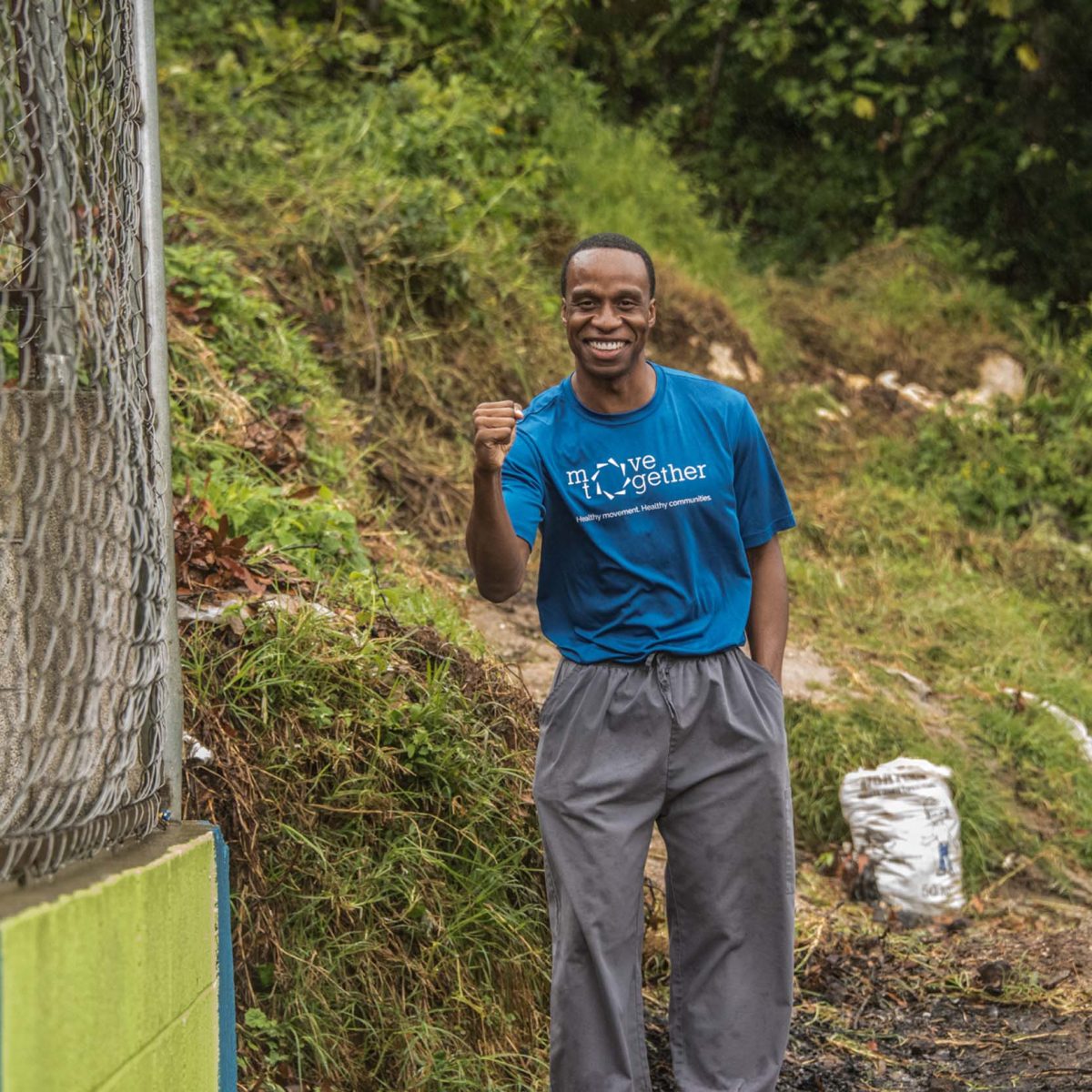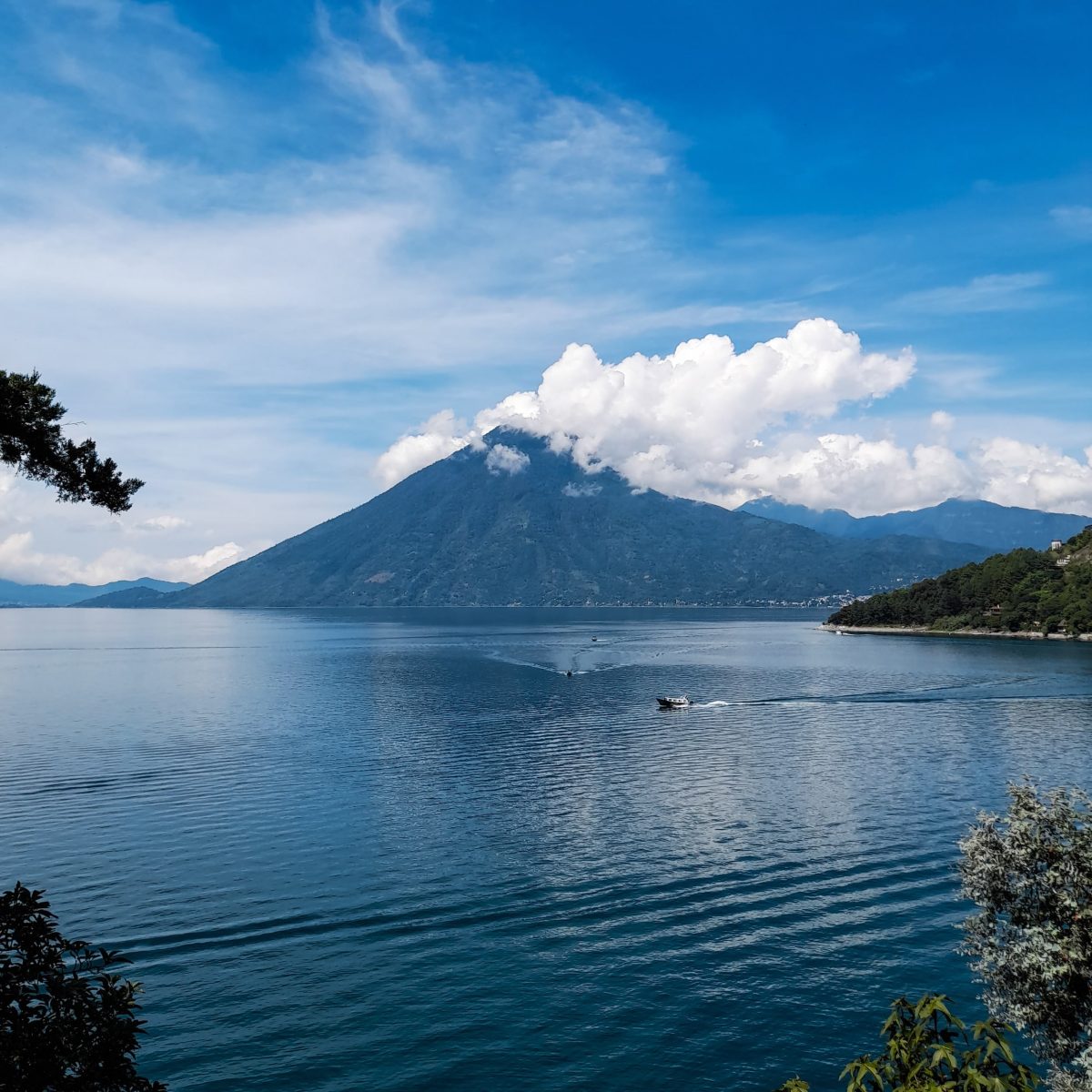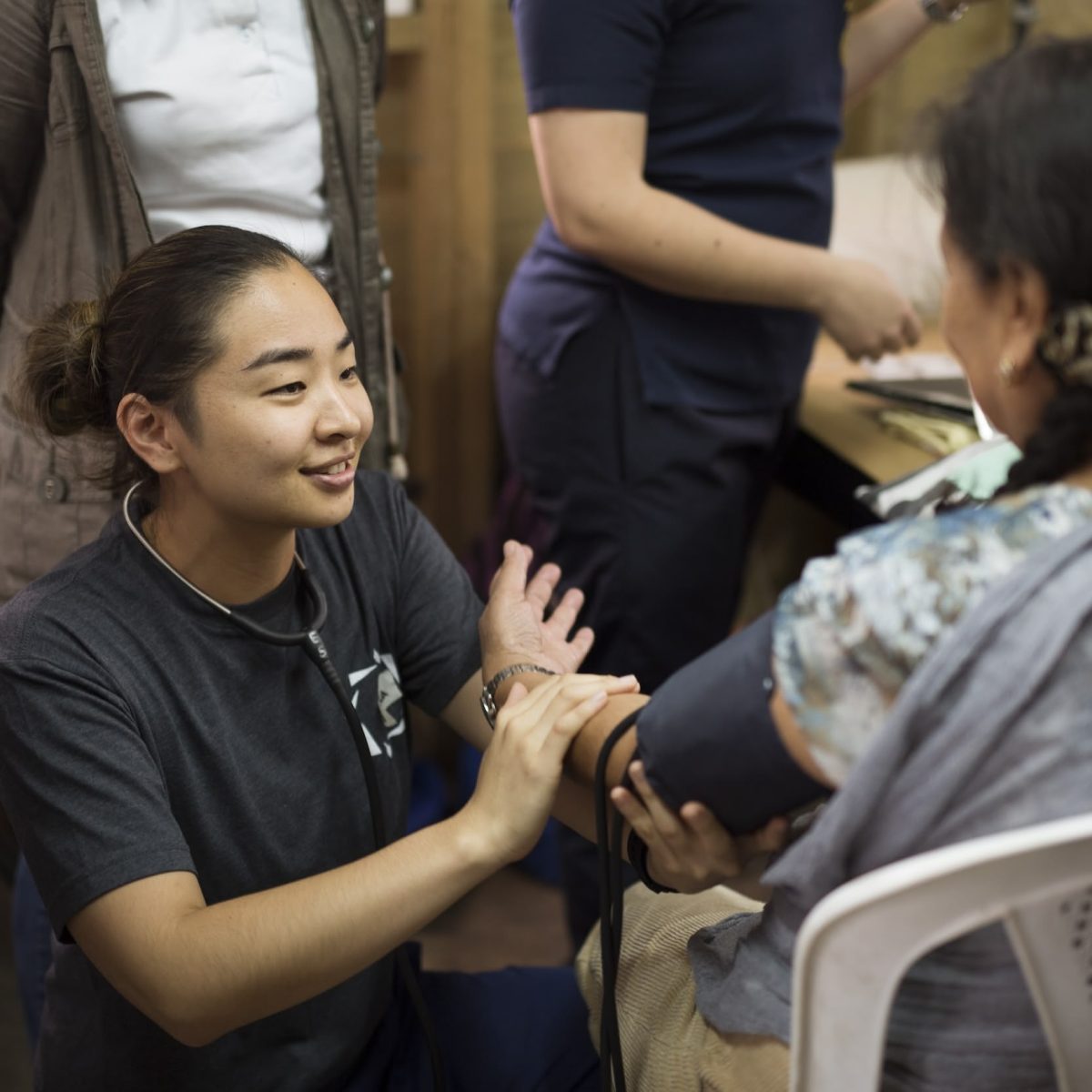
After traveling around the world—visiting 22 countries in eight months—Efosa Guobadia found himself several months later back in the country where that journey had begun: Guatemala. In 2015, while in the midst of local projects, he paused to visit Lake Atitlán to reflect and write about the systemic challenges he had seen across many nations. One reflection became pivotal: when it comes to health, the issue is access—but access itself is layered
Efosa identified a tri-dimensional access problem:
- A clinic or provider may not exist in a community.
- If it exists, people may not have the means to reach it.
- And even if they can reach it, the care may not reflect the community’s needs.
One evening, while dining lakeside under a bright moon, a man and his daughter approached the dinner location where Efosa was seated, and a conversation was struck. The man primarily spoke K’iche’, a Mayan language, and while there were some language barriers, his daughter became the bridge for their conversation.
Through her translations, Efosa learned that the man’s wife had seriously sprained her knee during their travels. For 2–3 weeks, she had been bedridden, unable to find appropriate care. When they discovered Efosa was a physical therapist, their faces lit up—and they eagerly asked if he could assess her.
He agreed. At their hotel, he guided her through treatment and education—how to manage pain and inflammation, how to progress her movement. Before parting ways, he invited them to visit his next project site.
As he reflected on the experience, Efosa realized something profound: this woman’s husband and daughter had to randomly encounter a clinician who would touch her hurts, ask her how does it hurt and where, and promise her that he would do his best to figure out why it hurts.
It clicked clearly then: individuals around the world who may need movement health care are often unaware of its existence or unable to access its benefits. And from that insight, the foundation of Move Together was born.

The Name
